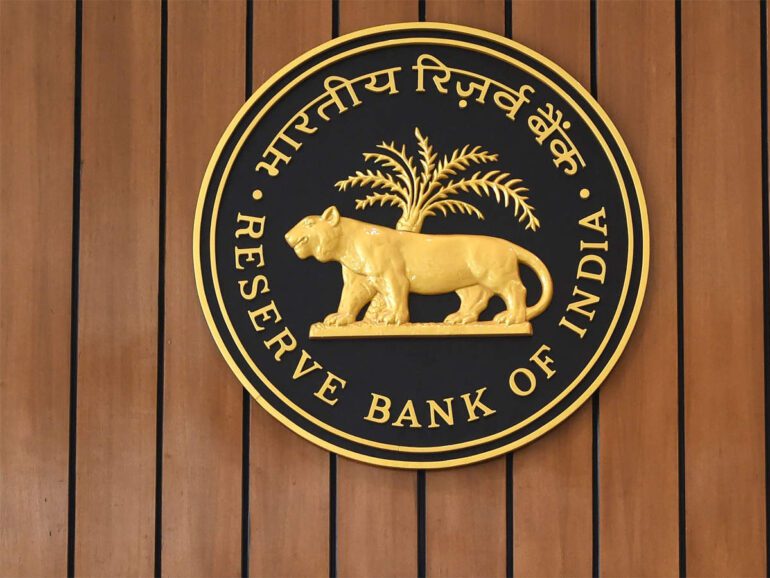TL;DR:
- RBI proposes AI-powered conversational payments system for UPI.
- UPI’s impact on digital payments is recognized for its user-friendliness and security.
- The new AI system aims to initiate transactions through natural language conversations.
- System to be integrated into smartphone and feature phone-based UPI channels.
- Initially available in Hindi and English, with plans for more Indian languages.
- CEO of Binance raises concerns about AI-induced risks in “video verification.”
- Music industry explores AI-generated voices for compositions.
Main AI News:
In a dynamic move that underscores India’s commitment to innovation, the Reserve Bank of India (RBI) has recently unveiled a pioneering proposal – an AI-powered conversational payments system poised to reshape the landscape of transactions. This announcement comes as a recognition of the transformative role played by the Unified Payments Interface (UPI), India’s avant-garde instant payment system, in the realm of digital transactions.
In an official press release dated August 10, the RBI heralded the UPI’s remarkable impact on the digital payments ecosystem. This lauded system’s attributes of user-friendliness, security, and seamless functionality have propelled it to the forefront of India’s financial infrastructure. Moreover, the RBI emphasized the platform’s adaptive capabilities, allowing it to effectively serve the diverse spectrum of the nation’s economy.
Anticipating the relentless march of technology, the RBI envisages the creation of an AI-powered mechanism designed to initiate and consummate transactions through natural language conversations. With AI’s ubiquity in the digital economy, leveraging conversational instructions emerges as a potent strategy to enhance accessibility and extend the outreach of the UPI system.
This futuristic system is envisioned to be seamlessly integrated into both smartphone and feature phone-based UPI channels, driving a profound penetration of digital services across the nation. Commencing its journey with support for Hindi and English languages, the system’s roadmap includes an expansion to encompass a plethora of Indian languages, reflecting the country’s rich linguistic diversity.
While the potential of AI in fostering positive change is undeniable, it is imperative to acknowledge the associated risks and challenges. This was underscored by Changpeng Zhao, CEO of Binance, who recently raised concerns about AI-induced risks in the realm of “video verification.” The remarkable resemblance of AI-powered avatars to real individuals raises pertinent questions about authenticity and security.
The music industry has also grappled with AI’s transformative prowess. Instances of AI-generated voices mirroring established musicians have raised intriguing possibilities. Universal Music Group and Google’s reported discussions surrounding licensing musical elements for AI-generated compositions underscore the crossroads of creativity and technology.
Conclusion:
The RBI’s innovative proposal to introduce an AI-powered conversational payments system underscores India’s commitment to technological advancement. This development has the potential to redefine the landscape of financial transactions by enhancing accessibility and security. However, the evolving risks associated with AI, as evidenced by concerns raised by industry leaders, highlight the need for vigilance in maintaining authenticity and trust in this new paradigm. The convergence of AI and finance offers exciting possibilities for growth and transformation, requiring stakeholders to navigate carefully in order to harness its benefits while mitigating potential pitfalls.

